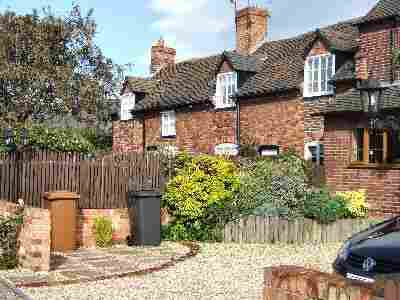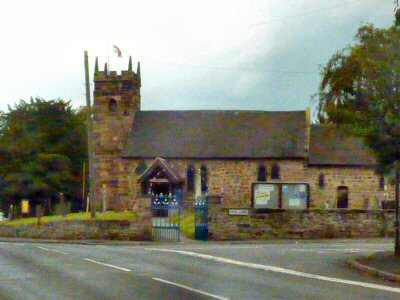WILLINGTON
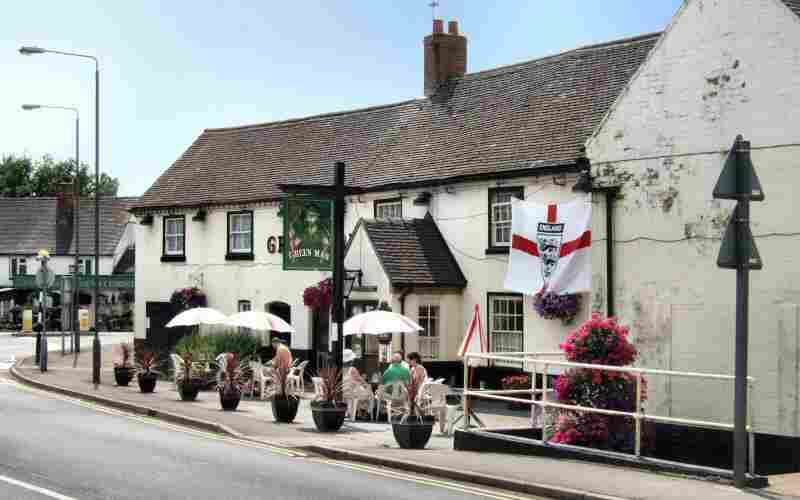
INFORMATION
Where is it? – Willington is situated eight miles southwest of Derby at the junction of the A1532 and B5008. Only two minutes off the A38/A50 junction (SK295286). Willington Railway Station is located close to the junction of the A1532 and B5008.
What to do? – Visit Mercia Marina and browse the shops and explore the sensory garden and wildlife walks. – Take a walk along the canal bank. Where there is plenty of activity on the water in the peak season and wildlife to be seen all year round. – Visit Repton which in the 7th century was the capital of the Kingdom of Mercia. The parish church of St Wystan has existed, in some form or other, since the 8th century. Underneath the chancel is the Saxon crypt that was the burial place of Mercian kings.
Where to eat? – The Dragon, previously known as the Green Dragon, has been substantially refurbished. It provides seating both inside and out facing the canal. – Willow Tree Café at Mercia Marina, where you can sit and enjoy good food and the view across the marina.
Other places to visit
Melbourne set among pleasant rolling countryside in South Derbyshire is a fascinating place to visit. It has a wealth of historic buildings, a famous country house with formal gardens and one of the finest Norman churches in the country. A lovely 20-acre Pool where you can feed the ducks, or just rest awhile and admire the scenery – Calke Abbey, ‘The place where time stood still’ was the phrase used to describe this property when the National Trust opened it to the public. It is one of the most unusual English country houses with large collections of birds, ornaments, paintings and photographs. Findern with its beautiful Village Green, which forms its centrepiece. The appearance of the Green is enhanced by chestnut trees. Encircled by white posts and chains and overlooked by the church and picturesque, mainly white-walled properties.
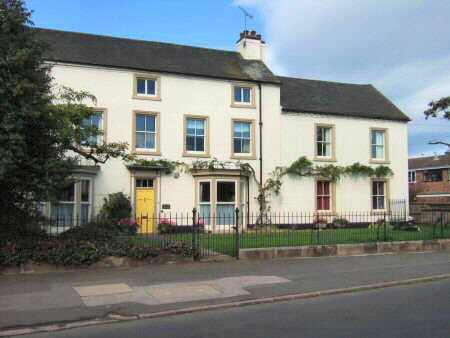
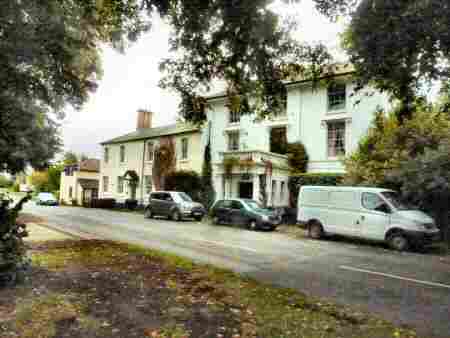
PROFILE
Situated midway between Derby and Burton, close to the A38 and new A50. It is hardly surprising that Willington is normally busy with traffic. It has been the hub for transport for many years and has an absorbing history. Evidence has been found of habitation in the area long before the Transport Revolution. In 1970, traces of a settlement were found dating back to 2,000 BC, constructed by the Beaker People. They are named after the distinctive drinking vessels they used, often found at burial sites.
Transport
The River Trent passes to the south of the village, and Willington was an important inland port during the 17th and 18th centuries. However, the arrival of the Trent and Mersey Canal in 1777, replaced the river as the main form of transport. Later still, rail and then the road took over as the main transport providers. An Act of Parliament of 1699 made the Trent navigable above Shardlow as far as Burton. As navigation was less reliable further up the river, because of obstructions. Willington’s prosperity increased and a settlement grew up close to the Trent. No buildings from that period remain, the last one demolished in recent years.
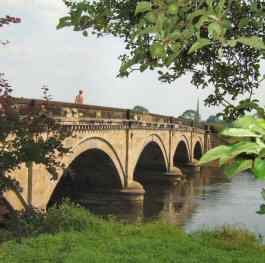
The Bridge
The bridge is the only one over the River Trent between Swarkestone and Burton and was originally a toll bridge. Walkers had to pay one old penny at the toll house on the Willington side of the bridge. Before the bridge was built in 1839, the only means of crossing the river was by ford or ferry. The ford was situated to the east of Willington Hall and the ferry was to the west of the present bridge. Both were closed when the bridge was built.
Fifty-nine years later the tolls were removed amidst much jubilation. The toll board was moved to Repton Church, but the toll house remained in existence until 1958. When it was partially demolished by an out-of-control motor vehicle.
There is a viewing platform at the side of the bridge. Built as part of the centenary celebrations for the removal of the tolls. Also, an annual raft race on the River Trent was initiated in 1998 as part of the centenary celebrations of freeing the toll on the bridge. It is essentially a race between crews from the two villages on either side of the river.
Development
The Trent and Union Canal was built in 1777 and was originally called the ‘Grand Trunk Canal’. James Brindley from Derbyshire was the builder. He could neither read nor write properly, but had a brilliant brain. At that time Willington was the scene of much activity on and around the canal. A thriving wharf developed in the area between the river and the canal. Today, the wharf has been developed into a marina. In the summer, and during winter weekends, it makes a pretty picture busy with boats and people.
The village is well serviced with shops, a school, a post office, doctor’s surgery and sporting facilities. There are three excellent pubs, the Green Man and the Green Dragon (now ‘The Dragon’) dating back to the canal era and the more recent Rising Sun. The latter was built to coincide with the arrival of the railway age. Dr Beeching closed the railway station in 1964, however, it was reopened as part of the Ivanhoe Line in 1996.
Old Properties
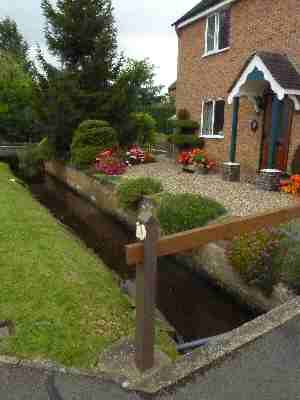
There are several interesting old properties on the River Trent side of the village. Trentside Cottage in Bargate Lane, formerly Wharf Lane, is probably the oldest house in the village. Parts of which date back to the 15th century. The premises on the corner of the lane were once the home of the village smithy. Following on Down Bargate Lane, the next two cottages are both Grade II listed. At the other end of the lane, across the road to Repton, is the old village green. Alongside which a cheese factory once stood.
Willington Hall, in Hall Lane, is another Grade II listed building. It is thought to have been used during the First World War to hold prisoners of war. The columns to the entrance porch are still marked by the grooves cut by the barbed wire to prevent escape.
St Michael’s Church is of fairly modest size but does have one of the largest and most prominent ‘Welcome’ signs in the county. It has a Norman tympanum over the south door. Most of the remainder of the building is from the early 19th century.
Power Station
The most prominent landmark in Willington came into being in the 1950s, with the erection of the power station. It was, in fact, two almost entirely independent generating units with separate management and staff. Logically the two stations were named Willington ‘A’ and Willington ‘B’. The former occupies the site closest to the Willington to Swarkestone road. The five cooling towers of the power station could be seen for many miles. So much so that they were used as a “sighting point” by pilots approaching East Midlands Airport, 15 miles away.
After just over 41 years of electricity generation, the final unit of Willington Power Station closed on 31 March 1999. Demolition commenced later in the year for the majority of the site. However, the most distinctive feature, the cooling towers were left standing.
Mercia Marina
Mercia Marina located by the road from Willington to Findern was a former quarry. It was created from farmland for gravel extraction for use in the construction of the nearby A50. Later it was converted into a fishing lake. Before local businessman, John Thornton unveiled a multi-million-pound plan to turn it into Europe’s largest inland marina. Berths for 600 canal boats were constructed, together with holiday lodges, and on-site businesses. The latter included restaurants, retailers and offices in the Boardwalk Centre. After a long delay, the centre was opened in October 2014, adding a considerable boost to visitor activity. A further extension has been added.
